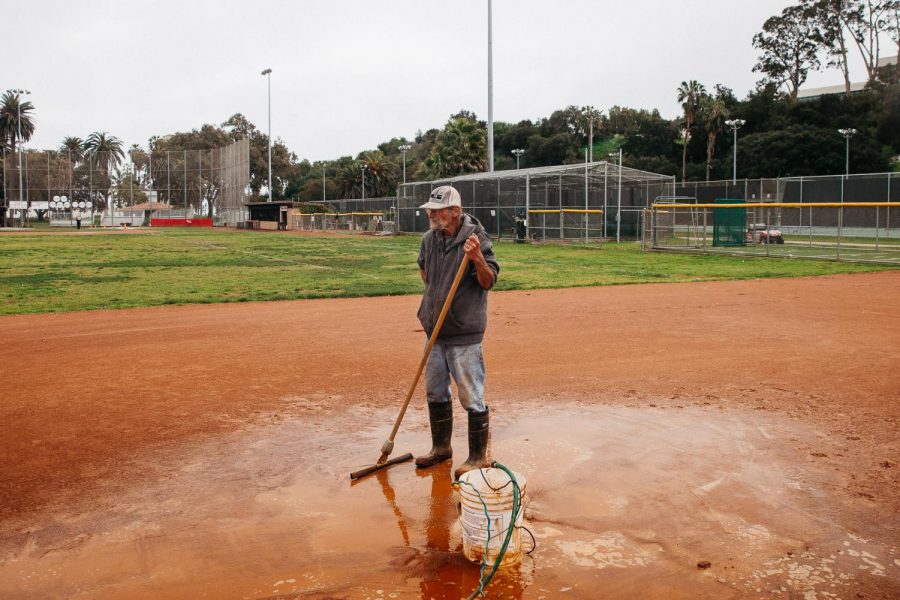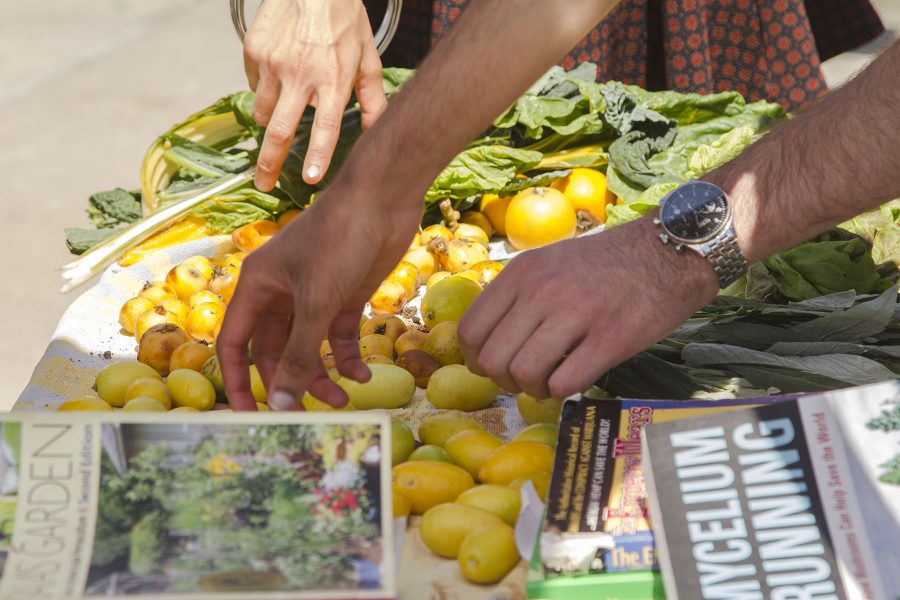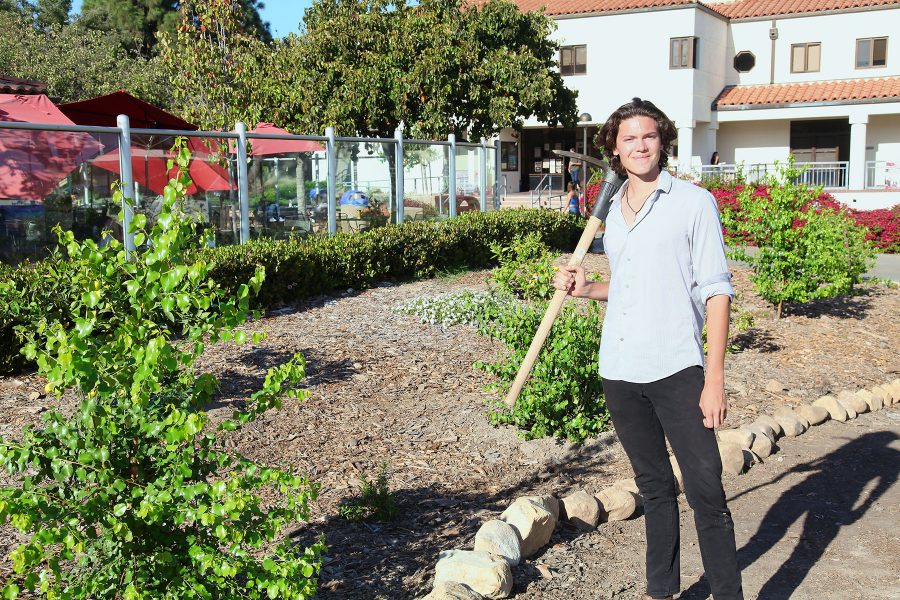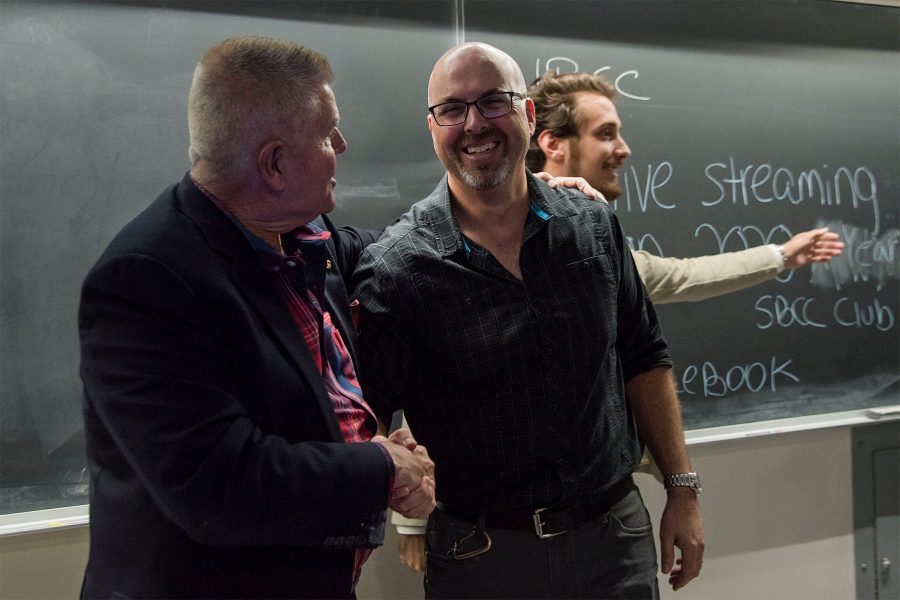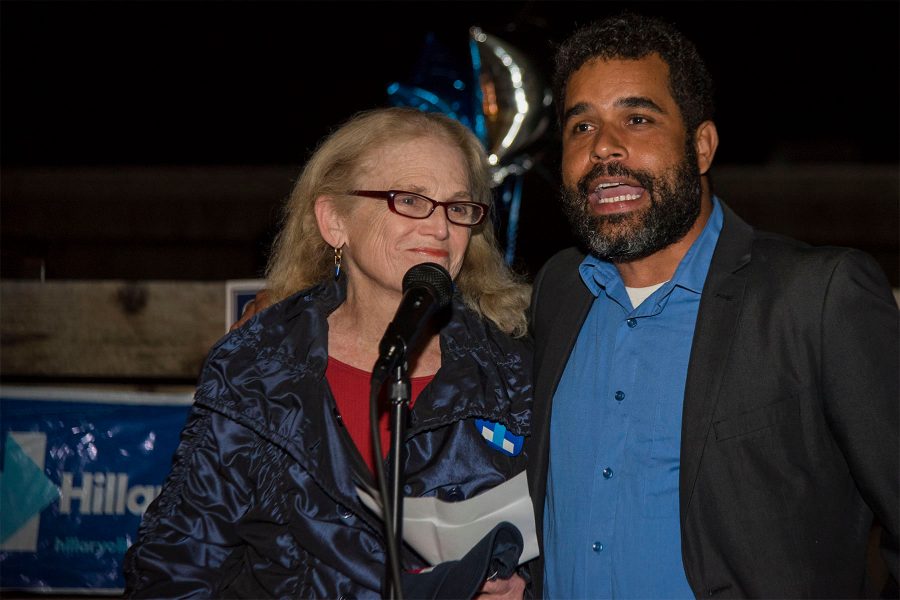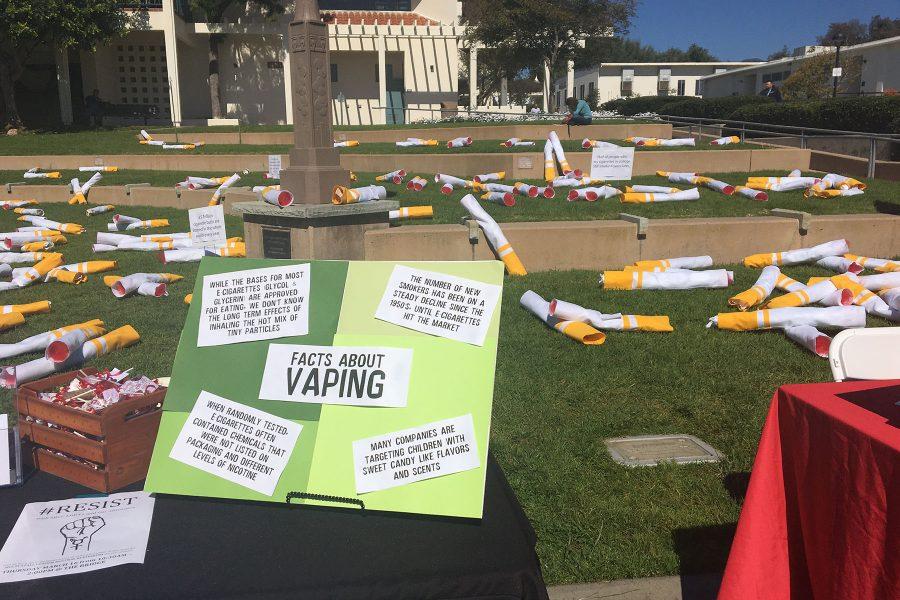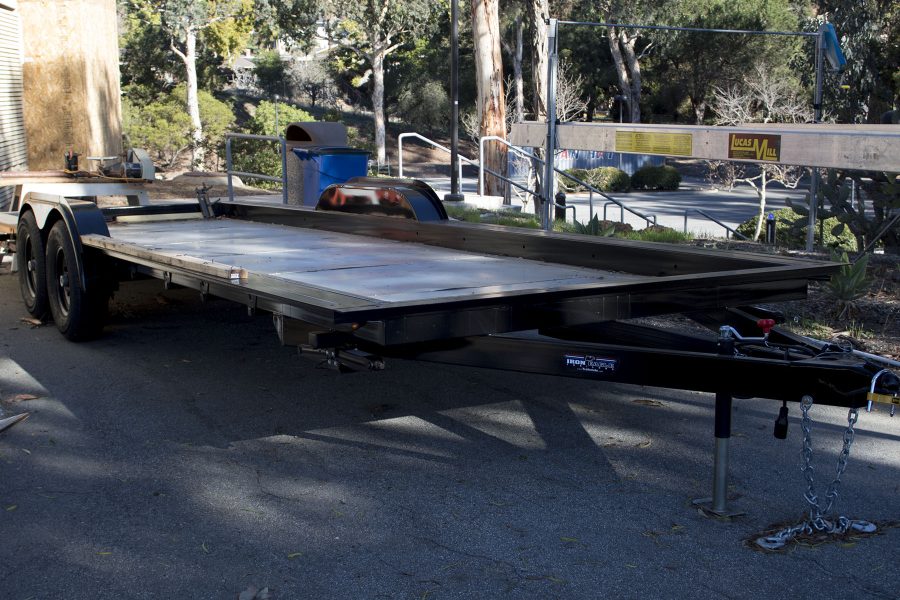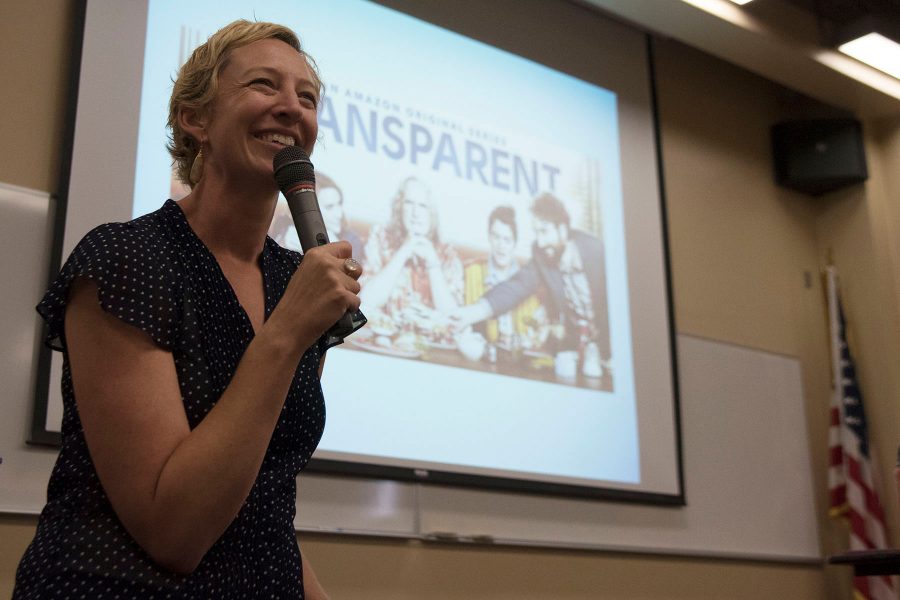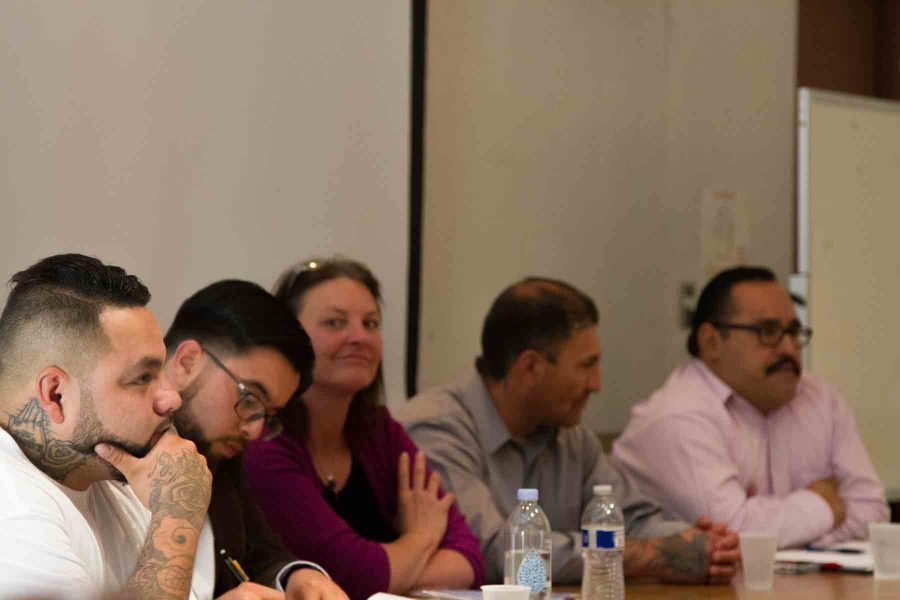Bottle after bottle is thrown into an endless mountain of garbage. Thousands of dollars are spent on our most basic product – every single day.
More than 38 billion water bottles go into landfills each year in America, according to an online article posted by Fast Company magazine on July 1, 2007.
“There’s always been an issue of too many water bottles,” Marc Sullivan, director of food services at City College, said.
The idea to replace bottled water with a bottle-filling station comes from six students enrolled in “Projects in Sustainability,” taught by Adam Green, director of the Center for Sustainability.
“Students are designing and implementing a project that makes the campus and community more sustainable,” Green said. “People have reusable bottles, why not provide a good source of filtered water?”
Chloe Gray is one of the students who worked on the project.
“Our group wanted to address the water bottle waste by providing an alternative to buying plastic water bottles, which would make SBCC more sustainable and also provide a service to our peers,” Gray said.
Refilling a bottle at this station will be free of charge and the water is filtered.
“Data actually suggests that people can’t tell the difference between filtered water and bottled water,” Green said. “Most people don’t even think about the environmental, social and economic impact the waste of bottles have.”
The bottle-filling station is planned to be available at the East Campus Cafeteria within a month, but is not replacing bottled water completely. “A lot of people are into going green, but I don’t think we’ll ever see a day where everybody brings their own thermos,” Sullivan said.
The project will most likely result in a decline in purchased bottled water, which could potentially affect the revenue of the food services on campus. However, Sullivan said that money isn’t their priority.
“Everything here on campus doesn’t have to be profitable, it’s what’s best for the students that matters,” Sullivan said. “You got to keep being progressive in this business.”
In the long run the project may save City College cash. Money spent on usage, transportation and electricity for refrigeration of water-filled plastic bottles will be reduced because of the project. Food services will be responsible for the costs of the machine.
The device will save students and faculty money as well.
The recommended eight glasses of water a day, based on U.S. rates for tap water, costs 49 cents a year. According to Banthebottle.com, the same amount of bottled water costs $1,400.
“A college campus is a good place to do this, because this is where we can be progressive,” Green said. “If students see good examples here, they are more apt to take it with them to the next college, career or home.”
Another participant in the project is City College student Mark Tuttle.
“One incentive was when we learned about the large plastic gyres in the Pacific Ocean, one estimated to be larger than Texas,” Tuttle said.
The participants of the project feel good about contributing to keep the environment sustainable.
“It feels great to complete a project which will make a difference in my community,” Gray said.
The machine will have a digital display that shows how many bottles have been saved by using this device.
“The project is a simple, effective and direct step to provide people with water and to decrease the need of this wasteful and impactful behavior,” Green said. “Sometimes the best solutions are the ones that, after you’ve done them, you look back and think, ‘That’s so obvious, why didn’t we do it years ago?'”



